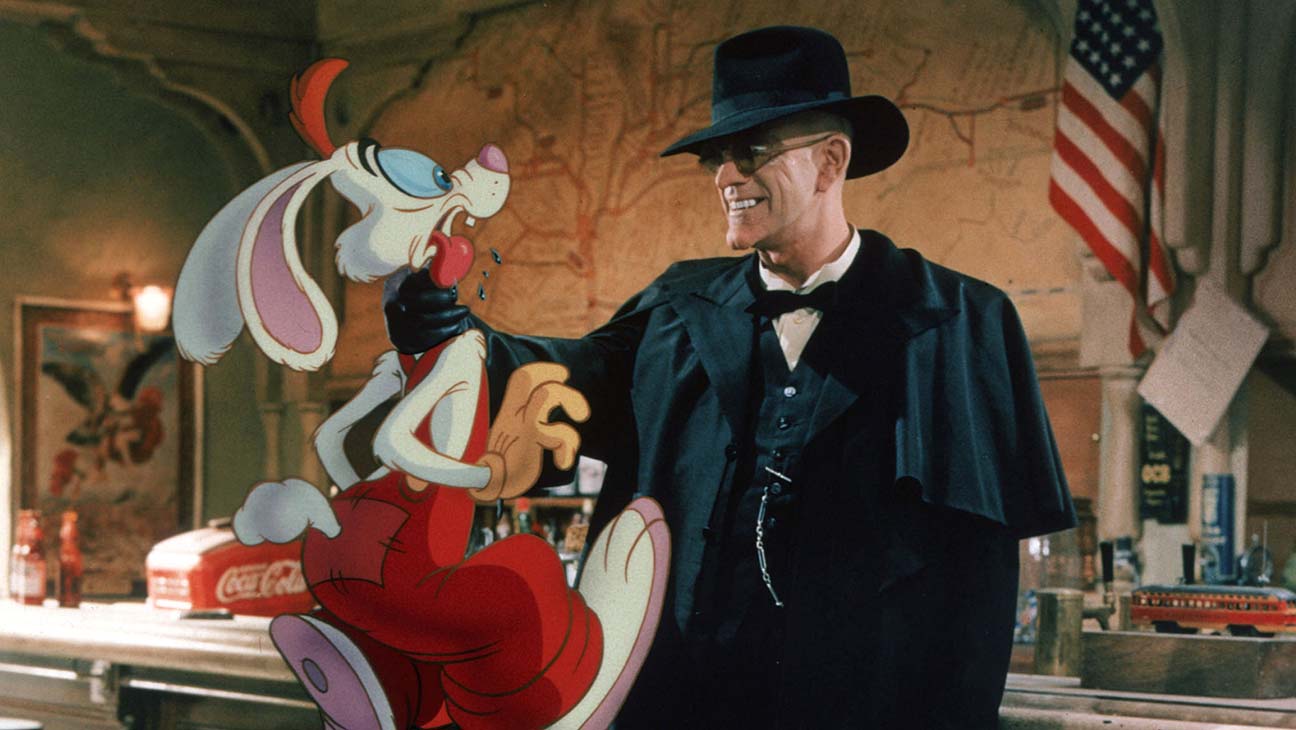

The trouble is, these things are like Tony the Tiger and those terrible ads in the old days where the cartoons look pasted on, like they're on a piece of glass. Wonderful," he recalled in a 2014 interview. "I said to Zemeckis, I love the early Disney movies, Snow White, Dumbo, Bambi, Pinocchio, Fantasia.
#WHO FRAMED ROGER RABBIT CAST MOVIE#
Travers, who authored the original Poppins children's book series, hated the animation in the movie so much that she refused to allow any subsequent adaptations of her work.Īs an audience member, Williams also hated it and when he was approached about lending his talents to Roger Rabbit, he initially declined, citing his belief that it was impossible for humans and cartoons to convincingly share the same film frame. But despite the praise Mary Poppins garnered at the time - one of the film's five Academy Awards was for Best Visual Effects - the movie was not unanimously loved. This was in stark contrast to arguably the most notable example of live-action and animation on screen prior to Roger Rabbit, 1964's Mary Poppins. As Janet Maslin of The New York Times wrote in her 1988 review, "although this isn't the first time that cartoon characters have shared the screen with live actors, it's the first time they've done it on their own terms and make it look real." While 1944's The Three Caballeros was the first live-action feature film to integrate animation, Who Framed Roger Rabbit was the first where the animation didn't appear tacked on, but instead, integral to the storytelling and plot. Thanks in large part to the Academy Award-winning animation direction of Richard Williams, who passed away on Saturday, the cartoon characters in the film truly seemed to be alive and, more importantly, interacting with the humans on screen, which is something Disney had been unable to achieve in any of its previous experiments with live-action and animation. However, Zemeckis achieved something truly impossible with Roger Rabbit. Chuck Jones seemingly borrowed from this concept in the classic 1953 Merrie Melodies meta short "Duck Amuck," in which Daffy Duck finds himself tortured by an omniscient artist, ultimately discovered to be that "stinker" Bugs Bunny. Stuart Blackton first experimented with the concept in 1900's "The Enchanted Drawing," a minute-and-a-half silent short utilizing stop-motion animation to make an illustrator interact with his drawing on a large easel. Instead, Roger Rabbit is a live-action film through and through, and it just so happens that at least half the cast is made up of animated characters.īy the early 1980s, when the film began its protracted development stage at Disney, the concept of putting ink and paint characters alongside flesh and blood counterparts wasn't new. It would be inaccurate to describe the movie as a live-action and animated movie.

The best movies make the fantastic appear real on screen, and no film better executed this truism than Robert Zemeckis' 1988 film Who Framed Roger Rabbit.


 0 kommentar(er)
0 kommentar(er)
